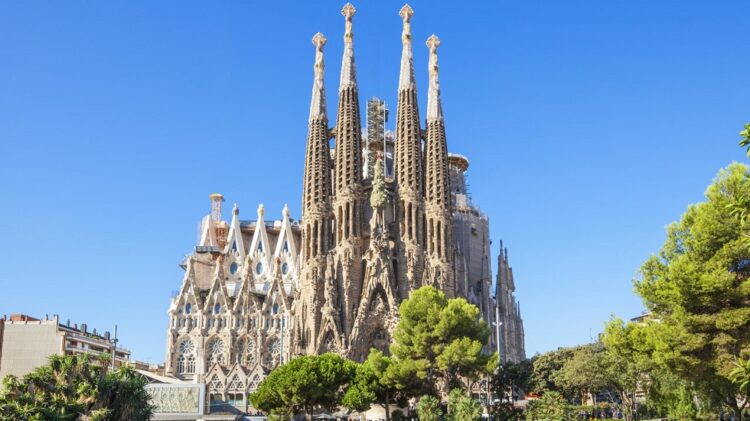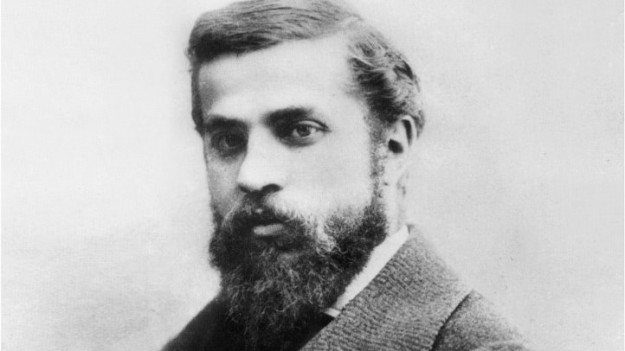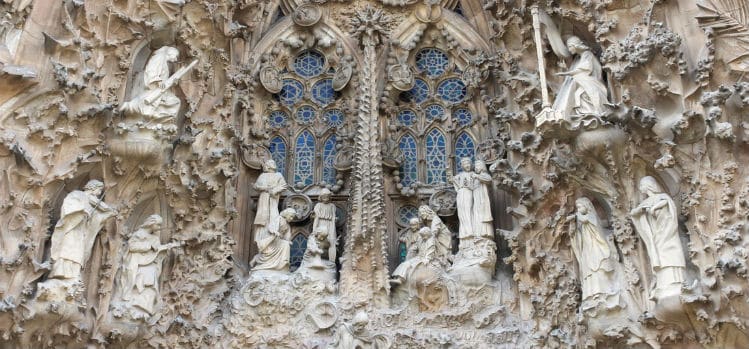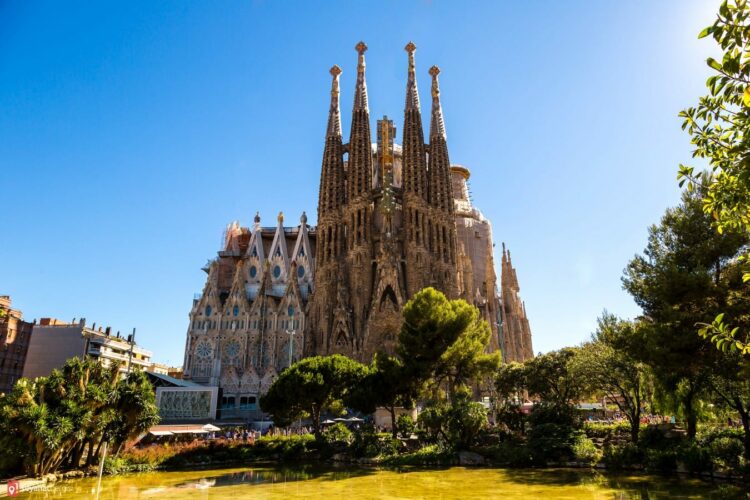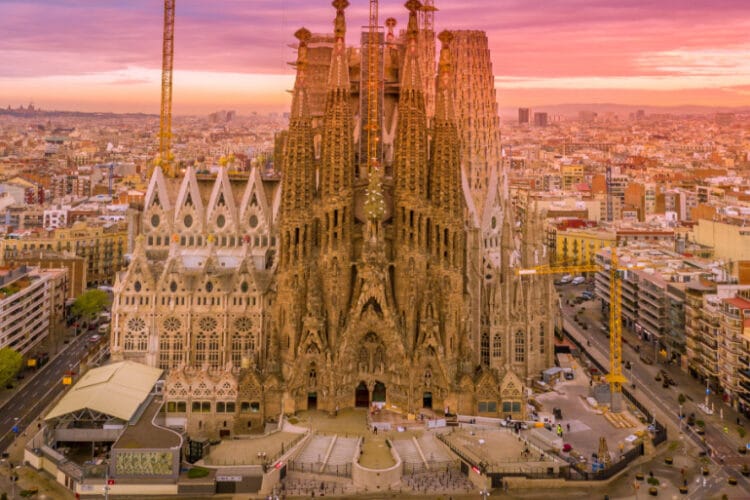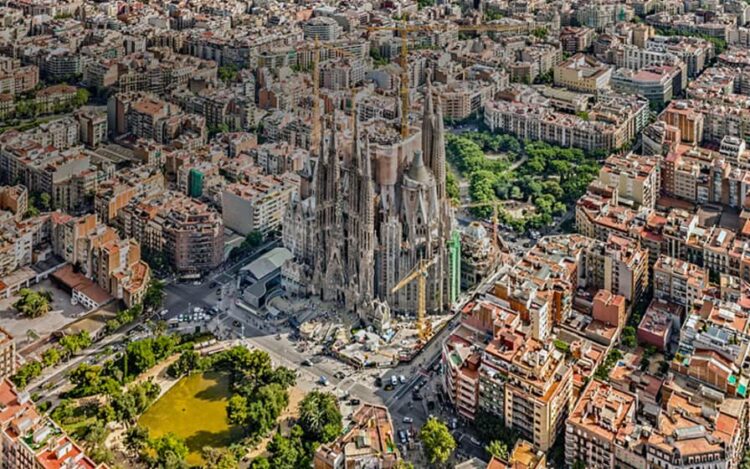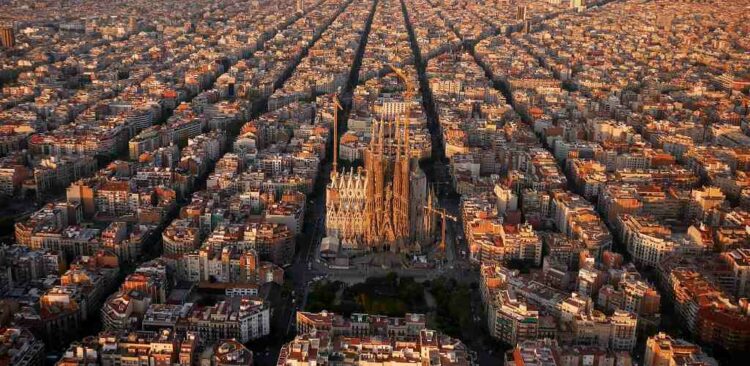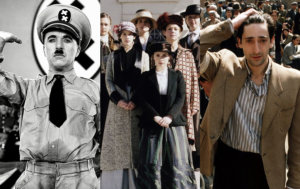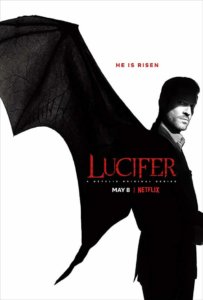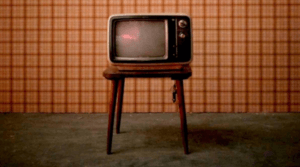La Sagrada Familia is a Catholic basilica located in Barcelona’s Eixample district. Basilica i Temple Expiatori de la Sagrada Familia (Church and Basilica of the Atonement of the Holy Family), with its full name, was built as a temple of atonement in the Catholic faith, meaning atonement for sins committed against God or the laws of the Catholic church. Before I start this article, which tells the history of the Sagrada Familia and why the 140-year-old construction is still not finished, I would like to give a little information.
La Sagrada Familia is often and mistakenly called the cathedral. Barcelona already has a cathedral in the ancient Barrio Gotico, built between 1298 and 1460. A cathedral is the seat of the diocese; A basilica is a church that has been given special status by the pope for unusual historical or sacred reasons. There are four major basilicas, all in Rome. Others, including the Sagrada Familia, are minor basilicas. With that said, let’s get started!
The Birth of the Sagrada Familia Idea: “Ideological Sins”
Although the architect Antoni Gaudi is the first name that comes to mind when La Sagrada Familia is mentioned, it may be a little surprising to learn that Gaudi was not the first choice for its design and construction. The founder of the church was Josep Maria Bocabella, a conservative bookseller. bocabella 19. He was uncomfortable with liberalism, secularism and other revolutionary ideologies that developed with industrialization in Barcelona at the end of the century. He wanted to counter these ‘ideological sins’ by building a church belonging to the holy family.
He was also the founder of the Bocabella Associació de Devots de Sant Joseph (Society of Spiritual Devotees of Saint Joseph) and visited the Vatican on his tour of Rome. Inspired by the beauty of what he saw in Rome when he returned to Barcelona, Bocabella was determined to build a church, also inspired by the Basilica of Della Santa Casa in Loreta, Italy. He bought 12,800 m2 of land for the church together with like-minded religious people.
The “Atonement” of the Sagrada Familia: The Holy Family and Antoni Gaudi
On March 19, 1882, Bishop Urquinaona laid the foundation stone of the Sagrada Familia. The first architect to start working on the project was Francesco de Paule del Villar. Villar began designing a Gothic style project and left the project a year later. Instead, 31-year-old Antoni Gaudi took over the Sagrada Familia project in 1883. He had graduated from architecture school in Barcelona 6 years ago and had not designed any religious buildings until he took over the project.
However, his imaginative, courageous and very persuasive nature led the famous architect of the time, Joan Martorell, to support him for this project. In addition, the purpose for which the church was built and the concept of atonement in its name perfectly complemented Gaudi’s devout Catholicism and his increasingly conservative beliefs. Also, Gaudi is known in Spain as the father of “Catalonic Modernism”.
The Big Three: Nativity Front, Passion Front and Victory Front
When Gaudi took over the Sagrada Familia project, he decided to design a more surreal structure out of Gothic instead of building the Gothic style church Villar wanted to design. Gaudi focused on the façade of the church before he knew it would take a long time to build. The Sagrada Familia is adorned with items reflecting the life and faith of Jesus; Gaudi was only able to complete the plans for the three main sections of the Sagrada Familia: the Nativity Facade to the east, the Passion Facade to the west, and the Glory Facade to the south.
Each of these three facades contains four towers, twelve towers in total. These towers represent the twelve Apostles of Jesus Christ. In addition to these twelve towers, there will be six more taller towers in the middle of the church. Four of these six towers are dedicated to the four apostles (Matthew, Mark, Luke and John) and these four towers are designed at the same height.
Burning Anarchist Intervention in the Sagrada Familia
In 1926, Antoni Gaudi died in a tram accident and Domenec Sugranes took over the project. The project was far from finished when Gaudi died. After Gaudi’s death, work continued slowly until the bloody Spanish Civil War broke out in 1936. Anarchists opposed to religion and the power of the Catholic church burned plaster models of Gaudi and any sketches they could find to block the Sagrada Familia. However, they left Gaudi’s coffin, which was buried in the church cellar, untouched; Even anarchists knew that Gaudi was a saint, as many Barcelonans of all classes know.
After the civil war was over (1939), the planning of the Sagrada Familia was gradually resumed, with reconstructions of models drawn from photographs in Gaudi’s workshop, some published plans, notes taken by his colleagues, and some educated guesses based on what Gaudi had. This was going to be a challenge because Gaudi was notorious for avoiding elaborate architectural designs as he tended to change plans as buildings were built!
Nativity Front: Symbol of the Nativity of Jesus
The only part that Gaudi can see as completed in the Sagrada Familia project is the Nativity Front, whose construction was completed between 1894-1930. This façade is a section that includes the tree of life and different animal symbols as well as Christian symbols such as the Virgin Mary, her husband Joseph and their baby Jesus. Characteristic of Gaudi’s naturalistic style, the sculptures are ornately arranged and decorated with scenes and images from nature, each a symbol in its own way. For example, the three cloisters are separated by two great pillars, and each has a turtle at its base (one representing the land, the other the sea; each is a symbol of time as something set in stone and immutable).
The Nativity Facade faces the rising sun in the northeast, a symbol of the birth of Jesus. Each represents a theological virtue (hope, faith, and charity). Gaudi specially chose this façade to embody the structure and decoration of the entire church. He was well aware that he could not finish the church and that he needed to set an artistic and architectural example for others to follow. He also wanted this façade, which will be the first to begin construction, to be accessible and colorful for the public. In 2005, this facade and its cellar were included in the UNESCO world heritage list.
Front of Passion: Tragic and Dramatic
In 1954, the foundation of the Passion Front was laid. He thought that if he had started construction before the Nativity Front with the hard and bare (made of bones) Passion Front, people would have withdrawn when they saw it, because it was plain, bouldered and has columns carved into skeletal hard straight lines, reduced to just bone. It was intended to depict human sins by reflecting the Passion of Christ and the sufferings of Jesus during his crucifixion.
The towers were completed in 1976, and in 1987 a team of sculptors headed by Josep Maria Subirachs began sculpting the various scenes and details of the façade. They aimed to give an angular and rigid form to create a dramatic effect. Gaudi wanted this facade to strike fear into the minister.
Victory Front: The Glory of the Path to God
The biggest and most striking of the fronts will be the Victory Front, the construction of which started in 2002. This façade forms the main façade of the basilica. It represents the path to God dedicated to the heavenly victory of Jesus: death, final judgment and victory. Aware that this façade would not live long enough to see it completed, Gaudi only drew up a general outline of what the façade would look like. To reach the Glory Portico, an underground passage will be created with stairs representing hell and vice.
Demons, idols, false gods, heretics and sectarians etc. It will be decorated with figures depicting images such as Purgatory and death will also be depicted. It will also have seven great pillars dedicated to spiritual gifts. At the bottom of the pillars will be representations of the Seven Deadly Sins, and at the top, the Seven Heavenly Virtues.
Will the Sagrada Familia be the tallest church in the world?
Gaudi’s 200,000-ton legacy Sagrada Familia has been taken over by many architects since his death. In addition to Domenec Sugranes, Isidre Puig Boada, Lluis Bonet i Gari, Francesc de Paula Cardoner Blanch, Jordi Bonet Armengol and Jordi Fauli Oller, who have held this position since 2012, are among the architects who have undertaken the work. After La Sagrada Familia is completed, it will surpass the 162-meter Ulm Cathedral in Germany to become the tallest church in the world. The height of the central tower was deliberately designed to be 1 meter shorter than the Montjuic hill, Barcelona’s highest peak, because Gaudi believed that his building should not be higher than God’s work.
When will the unfinished church Sagrada Familia be completed?
Neither Gaudi nor Josephines could have predicted that the Sagrada Familia would last so long and its importance for world architecture. Efforts are being made to complete the basilica by 2026, the centennial of Gaudi’s death. However, experts say it is unlikely that the entire basilica will be completed on time, with the completion date closer to 2032. By 2021, 80% of the construction has been completed and work is underway to complete the construction of the six major towers.
For this reason, it seems like a more realistic goal that at least the towers will be completed by 2026. Construction costs are covered only by private donations and revenues from approximately 2.5 million visitors per year. Although the church is unfinished, both worship and services continue to be held since 2010. Let’s see when Gaudi’s legacy will be completed, we’ll wait and see!

